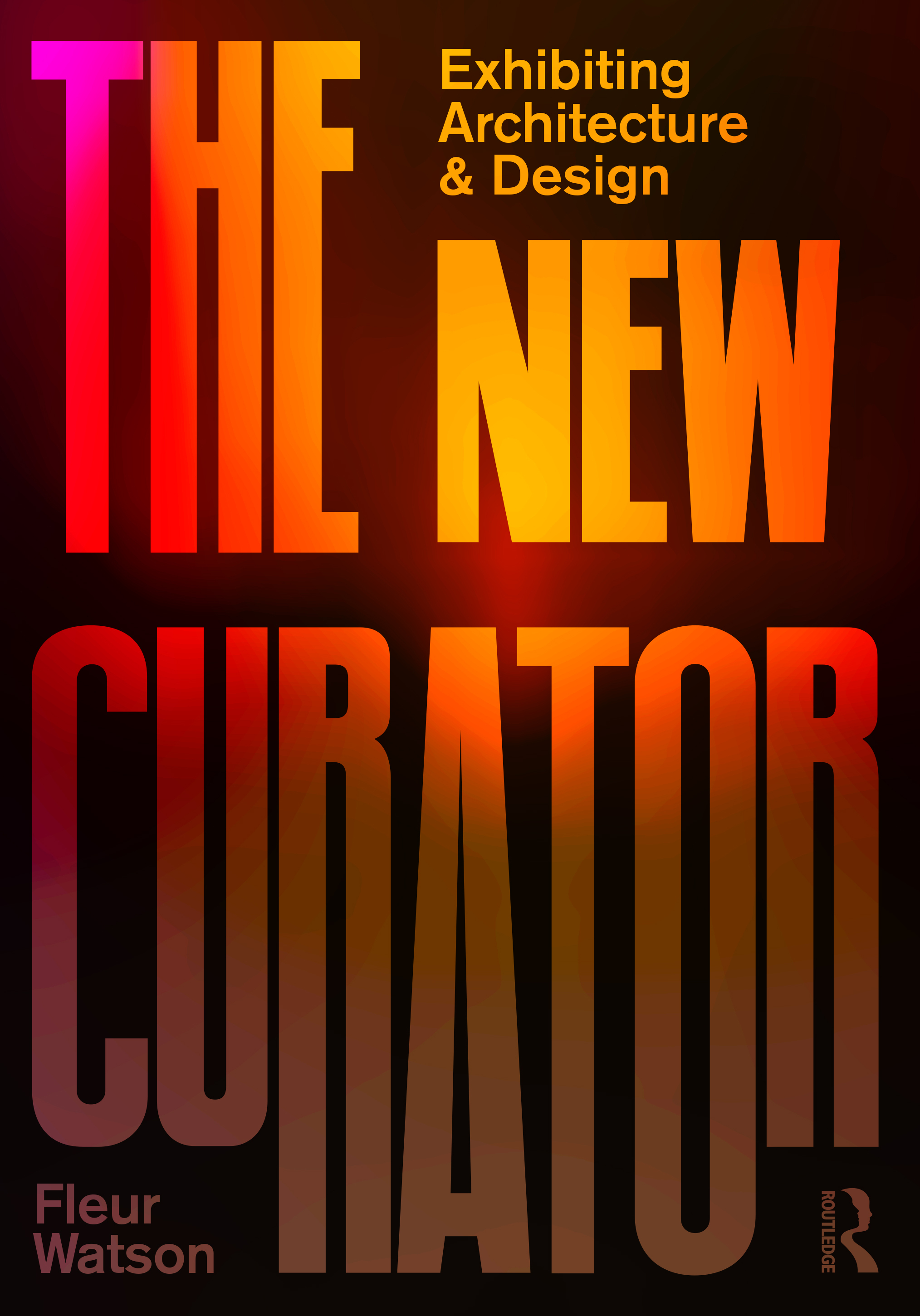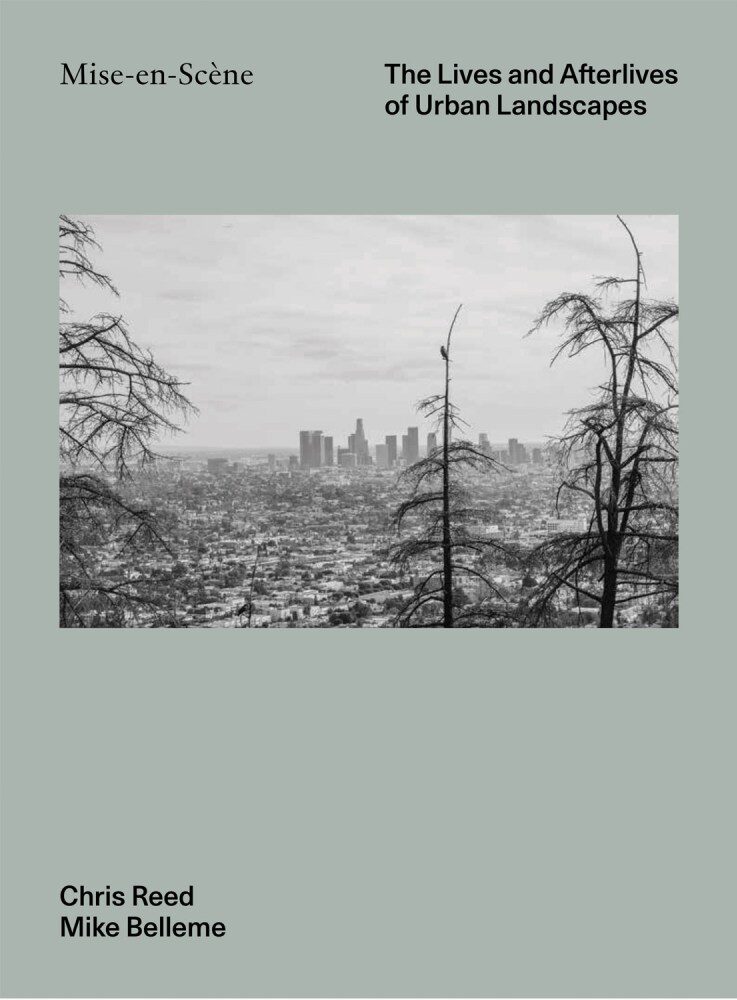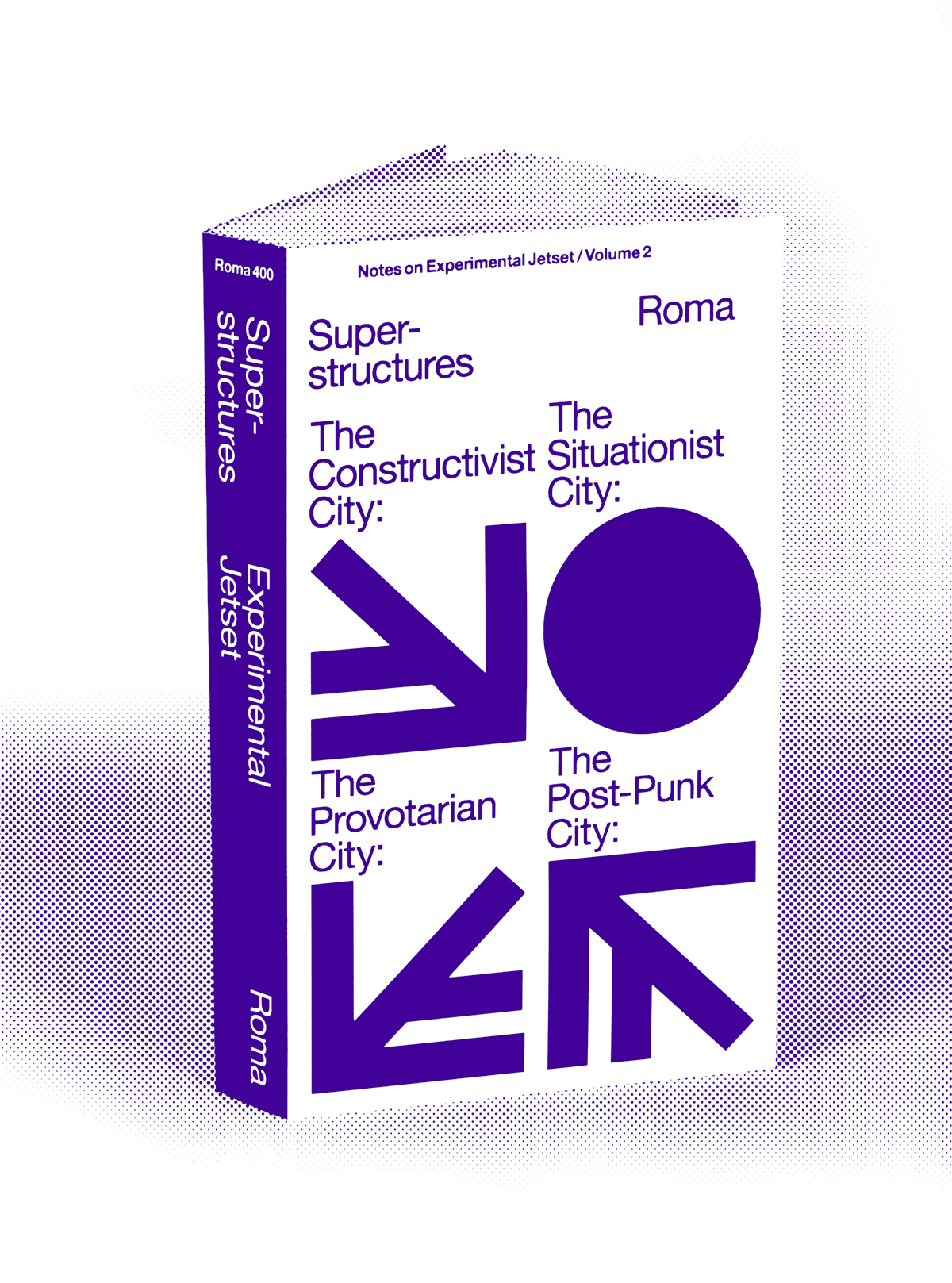It was a summer of outrage and pain. The weeks after the murder of George Floyd by police officer Derek Chauvin and the deaths of Breonna Taylor, Ahmaud Arbery, and too many other Black men and women, was a moment in the United States when veil that hung over the racism and white supremacy was ripped open and all the grief and anger tumbled out into the streets in mass protest. A history of oppression and a present heavy with generational burdens of inequity was laid bare. For Black and Indigenous, Latinx and Asian Americans, this is lived experience. For many white Americans, it was mirror held up to a country that is a democracy only to some.

The New Curator: Exhibiting Architecture and Design examines the challenges inherent in exhibiting design ideas. Traditionally, exhibitions of architecture and design have predominantly focused on displaying finished outcomes or communicating a work through representation.
In this ground-breaking new book, Fleur Watson unveils the emergence of the ‘new curator’. Instead of exhibiting finished works or artefacts, the rise of ‘performative curation’ provides a space where experimental methods for encountering design ideas are being tested. Here, the role of the curator is not that of ‘custodian’ or ‘expert’ but with the intent to create a shared space of encounter with audiences.
Billed as ‘the first NFT house in the world’, the Mars House is a tenuous entry into the architectural cannon. The project by Toronto-based digital artist Krista Kim is one of an increasing number of ‘non-fungible token’ works of art made to be bought, sold and collected online and authenticated via blockchain technology.
A home that will never be lived in, Kim’s NFT offering is a moody visualization rendered by Mateo Sanz Pedemonte using the video game software Unreal Engine. It depicts a structure sitting in an otherworldly landscape of supposedly Martian red mountains. We are given the barest hints at possible enclosure: a rectangle of digital glass impossibly transparent with no depth or reflection. The ghost façade bears the fingerprints of all vitreous abodes that came before – Mies van der Rohe, Philip Johnson, Pierre Koenig, etcetera. A thin, abstracted roof evokes Ed Ruscha’s Burning Gas Station (1965-66). The swimming pool is Hockney blue. The water ripples to a soundtrack composed by Smashing Pumpkins’ Jeff Schroeder.

Mise-en-Scène is an immersive exploration of the social lives of urban landscapes—the actors and actions that compose the daily theater of urban life. Conceived as a unique collaboration between an urbanist, Chris Reed, and a photographer, Mike Belleme, the book combines photo essays, original maps and drawings, newly commissioned essays, excerpts from historical writings, and interviews with residents. The result is a rigorous and artful examination of the social, cultural, environmental, and economic challenges of life in American cities today. Read More …
Las Vegas plays so much better on the page than in person. In concept, Vegas is an escape, a desert playground, but reality can never match the fantasy. Prose lubricates, distances actuality, and forms a glow around dubious experience in the same way that three miniatures of Southern Comfort loosen up a seatmate on the 45-minute flight from Burbank to McCarran International Airport. Writings arch towards hyperbole in an attempt to capture decades of spectacle that rise on the Strip, neon-trimmed, already pulsing with lurid symbology: spires, pyramids, Venetian canals.
A text, even Learning from Las Vegas with its embrace of populist architecture through modalities of analytical abstraction, shields a reader from the perfume of weed, vomit and tropical air freshener in the back of an Uber. The actual experience of Vegas is an exercise in searching fervently for some kind of authenticity, some kind of fun, only to be frustrated, haunted and impoverished by the tawdry glee of nickel slots and an all-you-can-eat buffet.
To see the American landscape through the lens of Victoria Sambunaris’ 5×7-inch field camera is to see beauty and majesty—the stuff of patriotic hymns—held in contrapposto with the destructive acts that fuel the nation’s so-called progress: extraction, expansion, exclusion. Mining pits. Railroad tracks. Border fences. Her photographs ask a viewer to meditate on the impact of development on vast parts of the country that largely go unseen. And, in making them visible she shows us what is at stake and what has already been lost.
Sambunaris has an intimate relationship with these panoramas. Every year since 1999, the year she graduated from Yale with an MFA, she’s embarked on a months-long journey to document transformation across the country. Currently, she’s driving through California and Nevada, seeking out sites critical to water resources in the West—places, that in these drought-prone states are long victim to what she describes as “hucksterism and speculation.”
Architecture photographer Wayne Thom lived at the Bonaventure hotel for a week in 1977 as preparation for taking one of his most iconic images. To shoot the sculptural elegance of John Portman’s building, Thom woke at 4 a.m., positioned himself on the offramp of the 110 Freeway and readied to catch the sunrise. In the resulting photograph, the hotel’s cylindrical forms rise Oz-like from downtown Los Angeles, the curved facades reflecting the colors of dawn.
“I light the building with sun behind it, which illuminates the clouds,” Thom said when asked how to capture the dazzle of mirror glass. Retired and living with his wife, Aesook Jee, in the San Gabriel Valley community of Rowland Heights, 87-year-old Thom still approaches his craft with well-honed technique and poetry in equal measure. “You are photographing the reflection, not the building. The building is just a frame for the reflection of the sky.”
Emmet Byrne, Design Director and Associate Curator of Design, Walker Art Center and Maite Borjabad López-Pastor, Neville Bryan Assistant Curator of Architecture and Design, are two of the team curators behind the exhibition Designs for Different Futures. Organized by the Walker Art Center, Philadelphia Museum of Art, and the Art Institute of Chicago, Designs for Different Futures brings together some 80 dynamic works that address the challenges and opportunities that humans may encounter in the years, decades, and centuries ahead. Among the questions raised by the designers in the show: What role can technology play in augmenting or replacing a broad range of human activities? How can we negotiate privacy in a world in which the sharing and use of personal information has blurred traditional boundaries? How might we use design to help heal or transform ourselves, bodily and psychologically? Ultimately, the exhibition asks: Who shapes future?

Superstructures (Notes on Experimental Jetset / Volume 2) is an inquiry into the role of the city as an infrastructure for language (and simultaneously, into the role of language as an infrastructure for the city), as seen through the lens of four historical movements: Constructivism, the Situationist International, Provo, and the Post-Punk explosion. Based on a research project (and accompanying exhibition) by Experimental Jetset, the publication features footnotes written by Vasyl Cherepanyn, Leontine Coelewij, Linda van Deursen, Experimental Jetset, Owen Hatherley, Brad Haylock, Dirk van den Heuvel, Lieven Lahaye, Samata Masato, Tom McDonough, Kateryna Mishchenko, Other Forms, Mark Owens, Megan Patty, Adam Pendleton, Simon Reynolds, Ian F. Svenonius, McKenzie Wark, Lori Waxman, and Mimi Zeiger. The 420-page paperback comes with a 24-page zine, zooming in on the design typology of the original exhibition.
On February 17, 2009, less than a month after his inauguration, President Barack Obama signed into law the American Recovery and Reinvestment Act (ARRA) of 2009. A stimulus bill meant to jump-start the nation’s flatlined economy, the Recovery Act, as it was popularly known, promised nearly $800 million to state and local governments for the funding of “shovel-ready” projects.
The following year, the Ojai, California–based photographer Chad Ress stood on a dry lake bed in the foothills of the Sierra Nevada and watched a tractor maneuver boulders into totemic piles in New Hogan Lake in Valley Springs, California. He was there to document a project funded by ARRA. The resulting photograph is almost boring. The frame captures signs of California’s epic drought; what was once covered in water is now dust. The sky is nearly white. Yet that line of rocks was evidence of money at work.